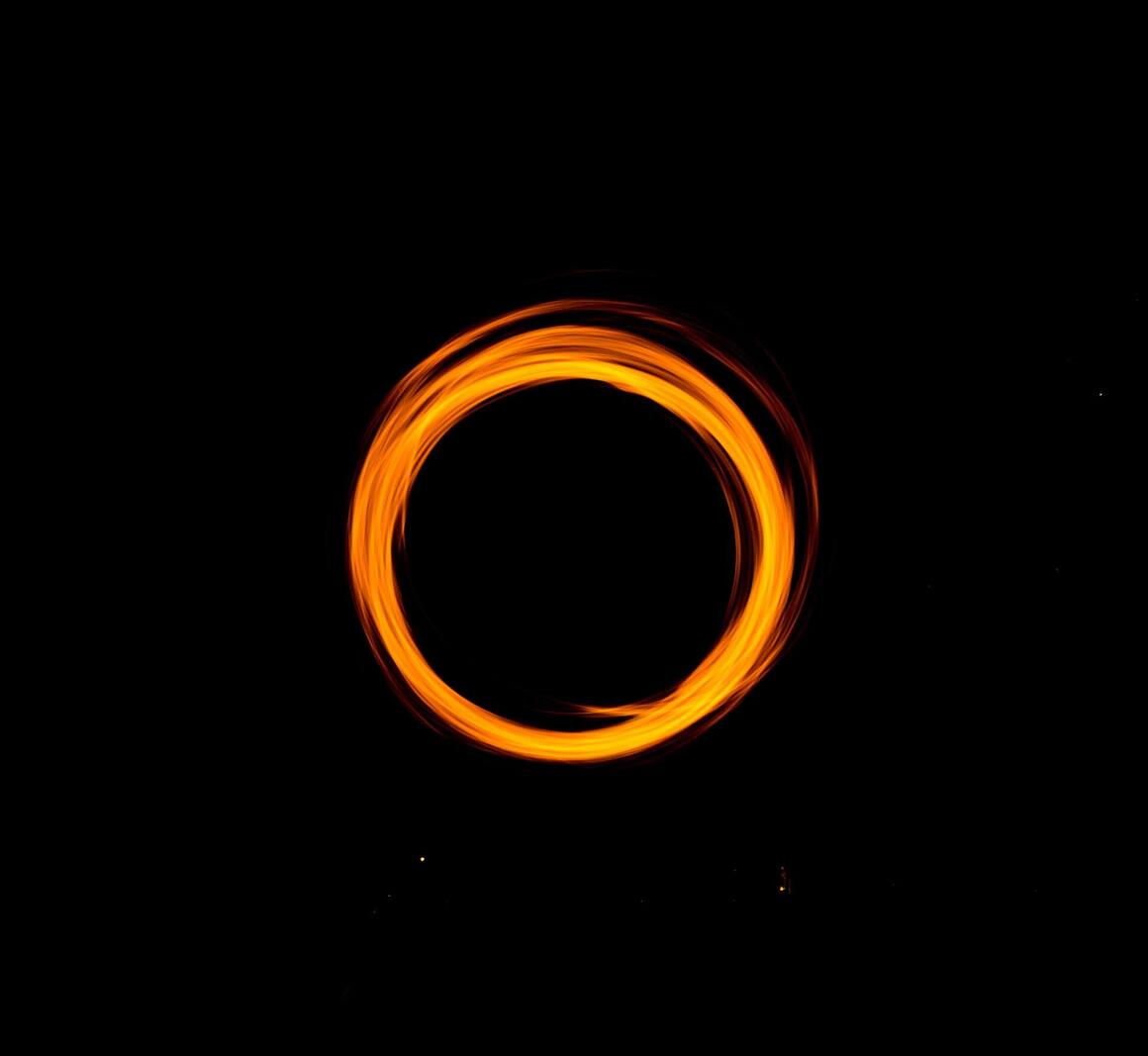Black holes might seem like science fiction; however, there is huge proof to demonstrate they are real. A black hole is a region of space-time where gravity is solid to the point that nothing can escape from it, even no particles or electromagnetic radiation such as light. Black holes are mysterious. Nobody impeccably realizes what is their real essence. Nobody knows what lies on the opposite side. Is it accurate to say that they are pathways to the universe, or do they work with time travel? No one knows. Adventure excessively near a black hole, and you will be sucked in a long time. They have such inconceivable draw that even light doesn't get away.
Then, at that point, there are supermassive black holes that are a huge number of times greater. They, in a real sense, hold whole galaxies together and are normally situated at the focal point of a galaxy, very much like Milky Way. Cosmologists accept that supermassive black holes lie at the focal point of, for all intents and purposes, every single enormous galaxy, even our own Milky Way.
Very huge black holes are hard to detect because they don't emit any light yet can uncover their essence by communicating with their environmental elements. Stargazers can detect them by looking for their consequences for neighboring stars and gas. At the point when the dust and gas from the environmental factors fall onto a gigantic black hole, a portion of the mass is gulped by the black hole, while some of it is changed over into energy and emitted as electromagnetic radiation that causes the black hole to show up extremely brilliant.
Researchers have now seen a consolidation of three supermassive black holes. This consolidation has caused the arrangement of the triple active galactic nucleus. It is a rare occurrence of three very enormous black holes from three galaxies merging to frame an active galactic nucleus, a reduced district at the focal point of a newfound galaxy, which has a much-higher-than-ordinary glow. They are called active galactic nuclei (AGN) and deliver enormous measures of ionized particles and energy into the galaxy and its current circumstance. Both of these, at last, add to the development of the medium around the galaxy and eventually to the advancement of the actual galaxy.
This research has been published as a letter in the diary Astronomy and Astrophysics. This investigation was led using the information from the Ultra-Violet Imaging Telescope (UVIT) locally available the primary Indian space observatory ASTROSAT, the European fundamental field optical telescope called MUSE mounted on the Very Large Telescope (VLT) in Chile, and infrared pictures from the optical telescope (IRSF) in South Africa. Each of the three merging black holes was essential for galaxies in the Toucan star grouping. They are very far away when you believe that our closest galactic neighbor, the Andromeda galaxy is 2.5 million light-years away. However, the paper depicts these as adjacent galaxies.
A group of researchers from the Indian Institute of Astrophysics, alongside a scientist from College de France, Chaire Galaxies et Cosmologie, Paris, while considering a known cooperating galaxy pair, marked NGC7733, and NGC7734 detected strange emissions from the focal point of NGC7734 and a huge, splendid cluster along the northern arm of NGC7733N. Their examinations showed that the bunch is moving with an alternate velocity contrasted with the galaxy NGC7733 itself. It was surmised that this cluster was not a piece of NGC7733; but rather a little discrete galaxy behind the arm. This galaxy was named NGC7733N.
The information and pictures additionally upheld the presence of the third galaxy by uncovering star development alongside the flowing tails, which might have been framed from the consolidation of NGC7733N with the bigger galaxy. Every one of the galaxies has an active, gigantic black hole in its nucleus and subsequently structure an exceptionally rare triple AGN framework.
As indicated by the researchers, the main consideration affecting galaxy advancement is galaxy collaborations, which happen when galaxies move nearby another and apply enormous gravitational forces on one another. During such communications, the separate, very enormous black holes can get close to one another. The double black holes begin burning through gas from their environmental elements and become double AGN.
Numerous AGN sets have been detected before. However, triple AGN is amazingly rare, and a couple has been detected so far utilizing X-beam perceptions. Nonetheless, the IIA group expects such triple AGN frameworks to be more normal in little merging groups of galaxies. Albeit this examination centers just around one framework, results recommend that little merging groups are ideal research facilities to detect numerous very enormous black holes. The rare occurrence in the close-by universe shows that little merging groups are ideal research facilities to detect various accumulating supermassive black holes and builds the chance of detecting such occurrences.







